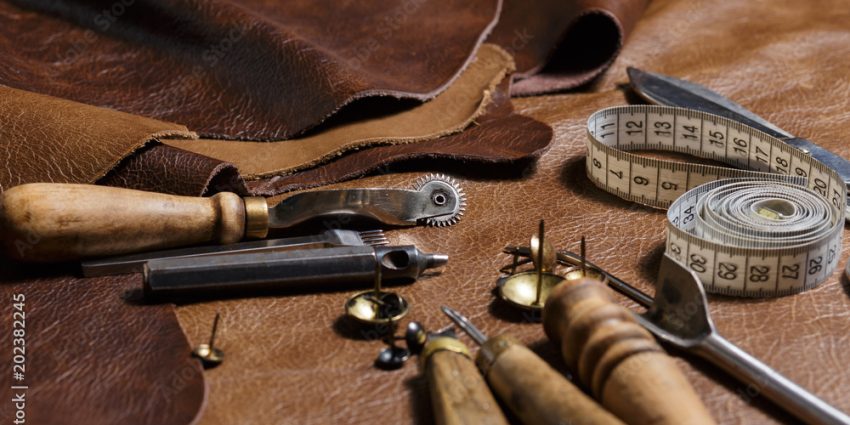Upholstery as a craft dates back centuries, with artisans continuously developing new techniques and specialized tools to create lavish furnishings. While some vintage upholstery tools are still used today, modern technologies and materials have also advanced the array of available equipment. Let’s explore the evolution of upholstery tools through history.
Early Hand Tools
Upholsterers of the Middle Ages relied on hand tools like curved needles for sewing, shears, and knives for cutting, and various hammers for securing fabric and trim. Craftspeople needed physical strength and skill to operate these manual tools for long periods. Scissors, awls, brushes, and other basic hand tools remained the primary upholstery equipment for hundreds of years.
Industrial Revolution Mechanization
The late 18th to early 20th centuries saw massive shifts in manufacturing and technology. Along with factories expanding the production of textiles and furniture, upholstery tools became increasingly mechanized. New devices like sewing machines, electric motors, and pneumatic staplers enabled faster, higher-volume upholstery work than hand methods alone.
Mid-Century Modern Innovations
The mid-1900s brought revolutionary advances in furniture-making and upholstery materials like molded plastics, foam rubber, and vinyl fabrics. Upholsterers adopted new specialized tools to work with these man-made materials, including electric carving knives to sculpt foam cushions and heat guns to stretch and shape vinyl.
Late 20th Century Power Tools
Pneumatic and electric power tools became common in professional upholstery shops by the 1970s-80s. High-powered staple guns, rotary cutters, and industrial sewing machines increased efficiency. Upholsterers could take on much larger projects with powered assistance. Many of these game-changing power tools remain staples of professional upholstery work.
21st Century Digital Tools
Today, upholsterers integrate digital technologies like 3D printing, laser cutting, CNC machines, and CAD software into their work. Digital tools optimize design capabilities, precision cutting, prototyping, production times, and ergonomics. Blending hand craftsmanship with digital accuracy pushes the boundaries of upholstery’s future.
While manual techniques and antique tools still have great value, adopting the latest advancements allows upholsterers to create intricate designs with greater ease and customization. Upholstery equipment will undoubtedly continue evolving alongside technology and creativity. One thing stays constant – quality tools in skilled hands bring furnishings to life.

